My first experience with bright light therapy has been through my mother.
My mother lives in Alaska and only has daylight for one half of the year.
To help ease her depression during the dark winter months, her psychiatrist prescribed her light therapy.
She undergoes light therapy using a little box-like lamp in the mornings.
Contents
Why Care About Light Therapy? (The Benefits)
What if I told you that you could shine a lamp light on yourself for a few minutes per day while you read or eat some food, and potentially notice a major improvement in your sleep, mood and overall quality of life?
Well, it turns out light therapy is a safe, natural, and powerful solution for helping with Seasonal Affective Disorder (SAD), anxiety, depression and many other aspects of life.
Light therapy is especially useful during the darker, winter months when people naturally begin to “hide” in their homes and avoid natural sunlight.
Avoiding sunlight is one of the worst things a person can do, which is why light therapy can be so immediately effective.
What is Light Therapy Exactly?
Light therapy involves exposing yourself to natural white light using a special lamp at a certain time each day (usually in the morning).
The patient does not look directly at the light, but instead eats, reads, plays with their smartphone, or does other activities while sitting in front of the light.
Sessions can last anywhere from 15 to 60 minutes, depending on the patient’s needs, and the intensity of the light being used.
Light therapy is mostly used to help with Seasonal Affective Disorder (SAD).
SAD is a type of depression that occurs or deepens during the fall and winter months.
SAD involves symptoms like:
- Feeling tired for most of the day
- Experiencing changes in weight
- Having difficulty sleeping or waking up
- Having trouble concentrating
- Feeling hopeless
Some sufferers of Bipolar Disorder also find they are more prone to depression during the fall and winter months.
For ADHD sufferers, having SAD can obviously make a challenging situation even more difficult to deal with.
If you’re experiencing any of these symptoms it’s important that you report these issues to a medical professional as soon as possible.
A qualified healthcare provider should be able to provide you with a treatment plan that involves light therapy.
Can You Treat SAD with Natural Sunlight?
There’s a good reason why so many Americans flock to Florida during the colder, darker months…
Sunlight is humanity’s natural energy source.
Natural sunlight is what enables life to flourish on planet Earth.
Photosynthesis is the process by which plants and some organisms use sunlight to turn carbon dioxide into food.
It’s clear that natural sunlight is incredible beneficial to all living organisms…especially those people with SAD.
However, the main problem is that people who are suffering from SAD aren’t able to get enough natural sunlight.
Obviously, most people can’t hop on a plane to Florida or Jamaica any time they want.
This is especialy true considering most people have to work normal jobs during the colder months.
Even if a SAD sufferer goes outside during the fall and winter months, they won’t be able to get the same amount of sunlight they would normally get during the spring and summer months.
SAD is a condition specific to the changes in lighting during the fall and winter months.
Light therapy addresses this issue by providing you with bright light regardless of weather conditions.
Does Light Therapy Truly Work?
Researchers have had success with treating SAD with light therapy at over 15 medical centers over the past several years.
Improvement has been observed in as little as one week, and symptoms return in about the same amount of time if the light therapy is discontinued.
This means light therapy requires a consistent schedule, though some patients can go as long as 1 to 3 days without it.
In one Columbia University study 83 patients with Seasonal Affective Disorder received light therapy for 30 minutes each day in the morning or evening for a total of 10 to 14 days. They completed a questionnaire regarding their symptoms before and after each treatment, rating the severity.
All participants showed marked improvement in their symptoms, including some non-depressive symptoms like rashes and poor vision.
The side effects were minimal (around 8%), which included headache, nausea and jitters.
Can Light Therapy Help With ADHD?
This is a difficult question to answer.
One study from the University of Toronto found that Seasonal Affective Disorder and ADHD had several features in common.
115 volunteers with ADHD completed two SAD symptom questionnaires with different criteria.
When the researchers looked at the results up to 19% of the participants scored high for SAD.
There may have been a link between SAD and ADHD in some of the study’s participants.
The study ultimately concluded that “future studies to examine whether core symptoms of ADHD fluctuate across the seasons and to assess the efficacy of light therapy in “seasonal” ADHD patients would be of great theoretical and clinical interest.”
Another study originally published in the Journal of Psychiatric Research explains that data from 2,239 people was evaluated to determine if there was a link between ADHD and Seasonal Affective Disorder.
Two groups were compared. Those with ADHD symptoms (175) and those with no ADHD symptoms (2,064). Each group was given the Seasonal Affective Disorder Questionnaire (SADQ).
The findings were similar to the previously mentioned study, with 12% of ADHD sufferers showing signs of SAD vs. only 4.6% showing signs in the group that didn’t have ADHD symptoms.
One relatively intensive study from the Albert Einstein College of Medicine thoroughly investigated the effects of light therapy on adults with ADHD.
29 ADHD adults were administered light therapy during the winter months for three weeks. Each ADHD adult was given questionnaires regarding their ADHD and SAD symptoms.
This study ultimately found that morning light therapy significantly reduced ADHD symptoms and improved mood.
This result was not affected by whether the participants scored high on SAD symptoms.
“These findings suggest that during the fall/winter period, LT may be a useful adjunct in many adults with ADHD,” the study reported.
How to Use Light Therapy
Light Therapy dosages are determined in:
- Lux (light intensity)
- Amount of time for exposure
- Time of day for exposure
Lamps with a higher lux output require less time for exposure.
The amount of time for exposure needed to benefit can be anywhere from 15 minutes to 60 minutes per treatment.
The effects are immediately noticeable in most cases.
Some people do best with morning therapy, while others may benefit most in the evening time. Some may require light therapy in both the morning and evening.
It’s suggested that you focus on activities that allow the most exposure to the light therapy lamp without requiring you look directly at the lamp.
You can read, write, eat food or meditate while you receive the light therapy.
How Does Light Therapy Actually Work?
Light therapy works by resetting your biological clock via artificial sunlight.
Your biological clock is responsible for waking you up and putting you to sleep at night.
Melatonin levels decrease with exposure to sunlight, and increase with exposure to darkness. This affects your body temperature, hormone secretion, and sleep patterns.
This makes sense when you simply think about how sunlight is generally energizing, and the removal of sunlight (darkness) can make you feel tired or sleepy.
What are The Side Effects of Light Therapy?
Columbia University reports nausea, headaches, eye irritation and jitters as the most common side effects of Light Therapy.
However, these side effects usually go away after a few days of exposure.
Jitters is the most common side effect and may require the guidance of a skilled clinician to navigate.
If eye irritation continues, this side effect can be reduced by sitting further away from the light, using a humidifier, or using the light for shorter periods of time.
Visual glare can be reduced by using special eye glasses that filter out the short-wavelength blue light responsible for such symptoms.
Are Light Therapy Lamps Covered by Insurance?
The FDA has not made any statements regarding light lamps, and they are not considered a form of medication. Your healthcare provider may recommend a lamp to you, however. No prescription is needed for them. Some insurance companies may cover the cost, but since the technology is still relatively new, it is unlikely it will be covered by insurance.
What to Look For in a Bright Light Therapy Lamp
If you’re interested in purchasing a light therapy lamp, there are several things to look for to ensure you’re getting the best quality lamp possible.
First, know that it isn’t recommended that you build your own light lamp, or purchase one built by hand. The light output must be specifically calibrated for the most therapeutic effect, and there are heat and electrical hazards to consider as well.
The best light therapy lamps have been evaluated and approved for their efficacy by clinical trials.
Make sure the light therapy lamp you’re considering has been evaluated by clinical trials.
The light therapy lamp should provide at least 10,000 lux of light from a comfortable sitting distance.
Fluorescent lamps should have a screen over them to filter out ultraviolet rays, which can be damaging to your skin and eyes.
Blue lights are better than red lights at managing symptoms as well.
The light lamp should be directed downwards toward your eyes at an angle to prevent visual glare.
Also, make sure the light is large enough to cover yourself at a comfortable sitting distance.
Small lamps may prove ineffective if you move a little bit out of the range of light.
Where to Find Effective Light Therapy Lamps
Here are some of the top-rated, most effective, ultra-portable light therapy lamps on the market today…
Verilux HappyLight VT43 Luxe 10,000 Lux Light (recommended)
The Verlix HappyLight VT43 is one of Verilux’s newest and best offerings which includes features like adjustable brightness and color plus a countdown timer.
This lamp also provides you with 10,000 lux of light, which is the recommended amount of light for most light therapy sessions.
Due to the “comfortable” and easy-to-use features of this light, overall convenience and affordability, the Verilux HappyLight VT43 Luxe is our best lamp recommendation for bright light therapy.
Verilux HappyLight Full-Size 10,000 Lux Light
The Verilux HappyLight Full-Size Light (Amazon) is a classic model which provides you with 10,000 lux of artificial sunlight in a portable size that easily fits on just about any table.
It uses fluorescent bulbs with a UV blocking screen, and can be adjusted to high or low light to accommodate your preferences.
This light also contains two replaceable screens and has a broad surface level to give you the maximum amount of light therapy per session.
Circadian Optics Lumos 2.0 Light Therapy Lamp
The Circadian Optics Lumos 2.0 Light Therapy Lamp is another extremely portable lamp that provides 10,000 lux of artificial sunlight and fits just about anywhere.
The Lumos 2.0 features a simple one-touch operation, which makes this one of the most convenient therapy lamps available.
It offers 10,000 lux and 3 different levels so that you can customize the brightness for your light therapy sessions.
Verilux HappyLight Compact Personal
The Verilux HappyLight Comapct Personal Lamp is smaller than most other therapy lamps, but much more affordable.
It provides 5,000 lux of artificial sunlight.
This lamp is compact and only weighs 1.5 lbs.
So it’s perfect to take on the go while traveling.
This lamp is a great, budget-friendly entry point for anyone who’s thinking about “testing the waters” with bright light therapy for the first time.
Can Light Lamps Help Your Body Produce Vitamin D?
ADHD Boss has published many articles about the importance of getting enough vitamin D in your diet.
Vitamin D is essential for maximizing your brain function, mood, happiness and many other functions.
It should be clear as to why vitamin D deficiencies are most rampant during the fall and winter months. When you don’t get enough natural sunlight, you begin to have trouble producing vitamin D, and things can turn bad pretty quickly.
One study conducted by the Boston University School of Medicine has investigated the connection between artificial light and vitamin D3 production.
However, it’s probably best not to rely on artificial light purely for vitamin D production, because taking a vitamin D supplement has already proven to be effective at improving your body’s vitamin D3 levels.
If vitamin D is your main concern, it’s best if you just take a high-quality vitamin D supplement. It really is that simple.
However, if Seasonal Affective Disorder (SAD), sleep or anxiety are your main concerns, light therapy has proven to be effective at helping with these issues.
You can always use light therapy and take a vitamin D supplement too.
This is actually the preferred way to survive the fall and winter months.
Did Light Therapy Actually Work for Your Mom?
So far my mom has had a great experience with her light therapy lamp.
She has shown a noticeable improvement in her mood during the fall and winter months, and seems more energetic and relaxed.
She hasn’t mentioned any noticeable changes in her focus or attention span, which is okay considering light therapy has not been shown to treat these symptoms in any studies.
However just the improvement in her energy and mood has inspired me to want to purchase one of my own, though I will need the guidance of my psychiatrist since I am prone to get more hyper in the spring and summer months.
I think light therapy is worth the shot if you suffer from depressive symptoms in the fall and winter months.
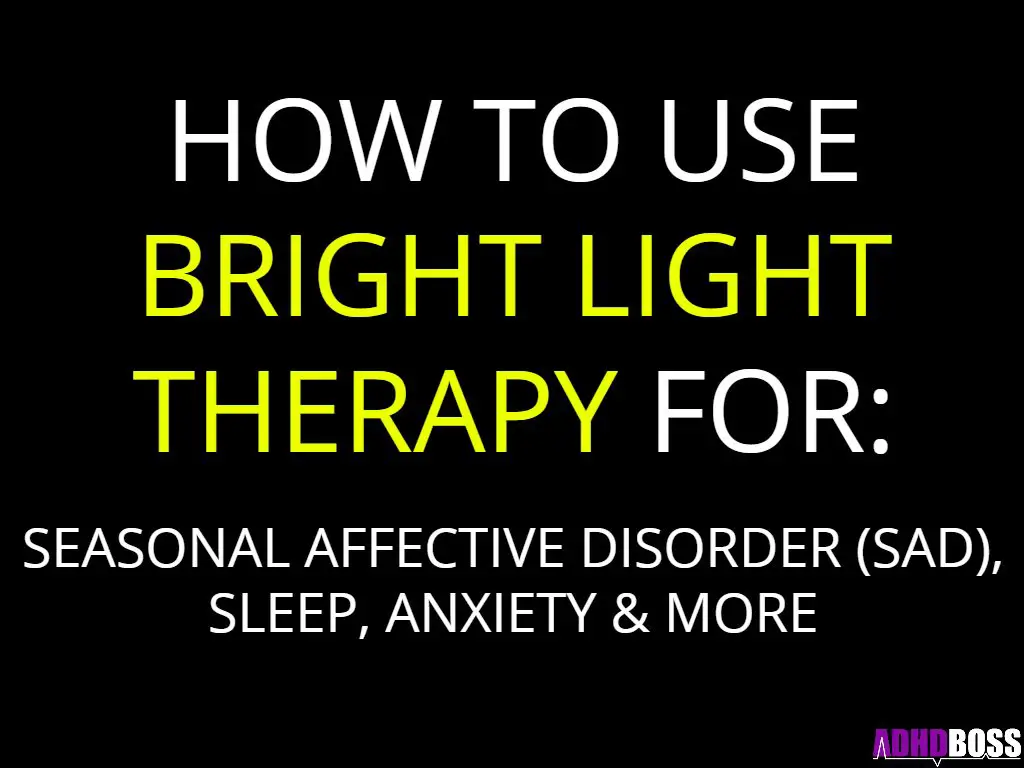
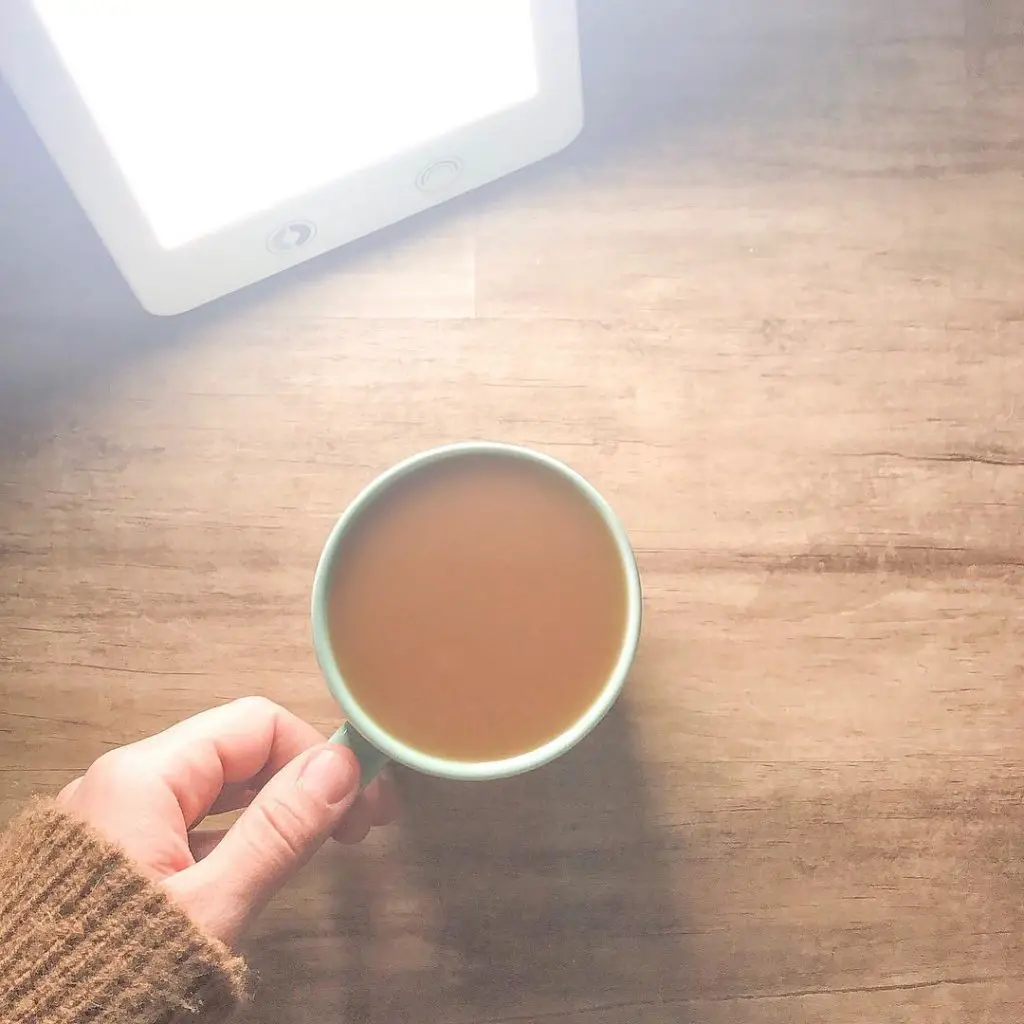
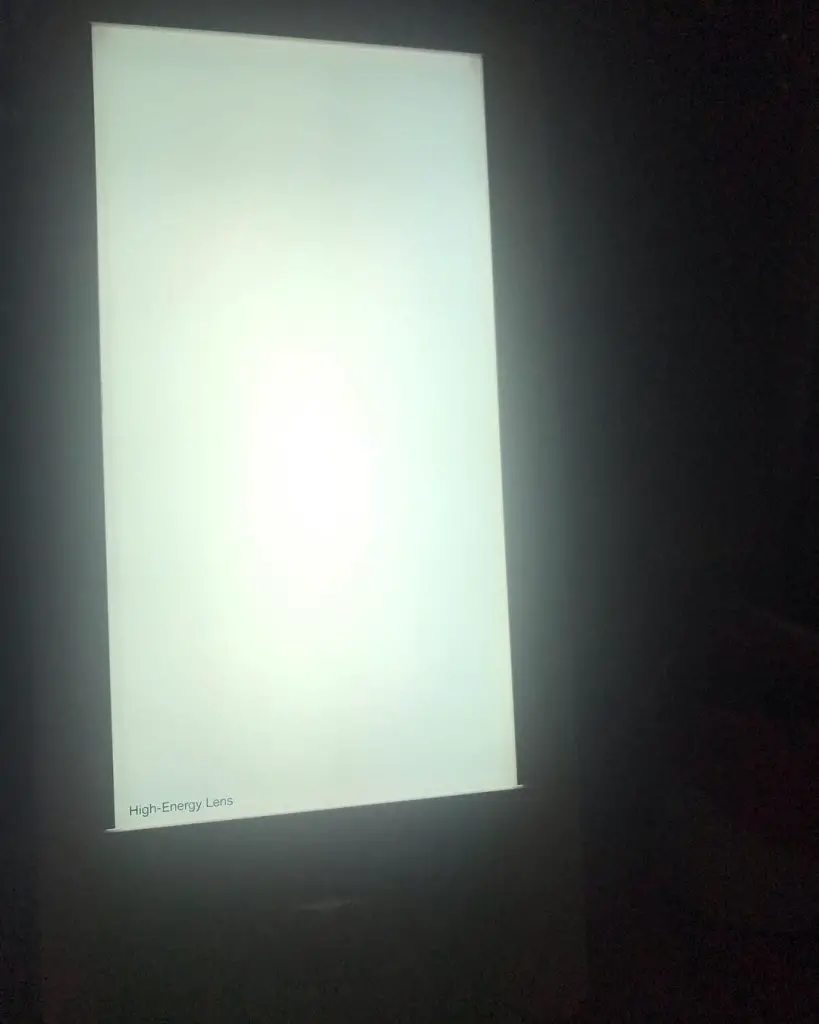

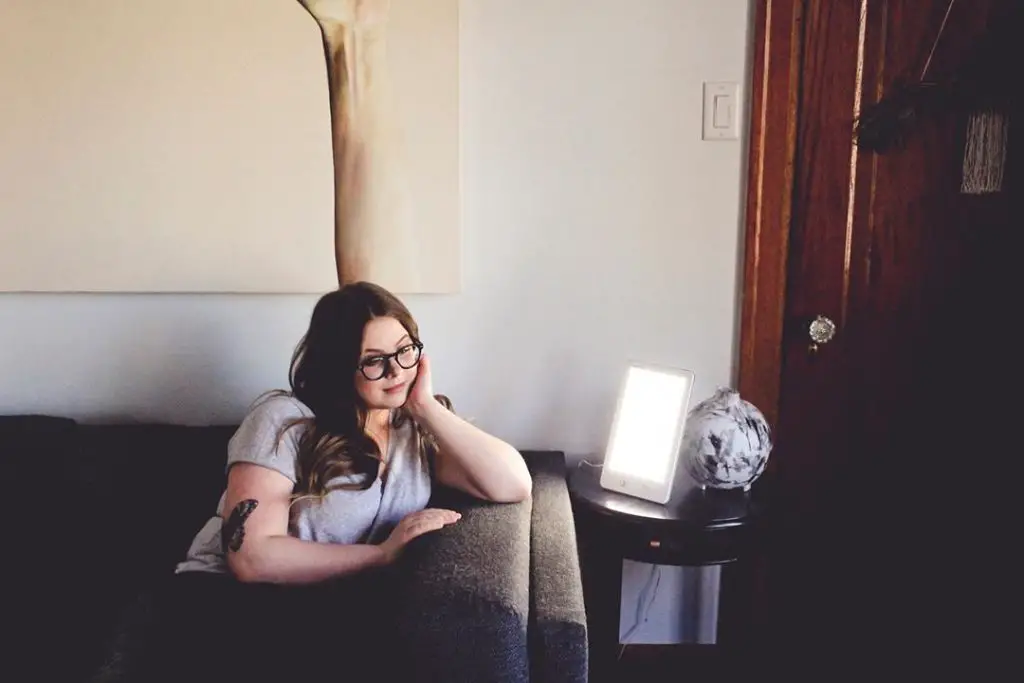

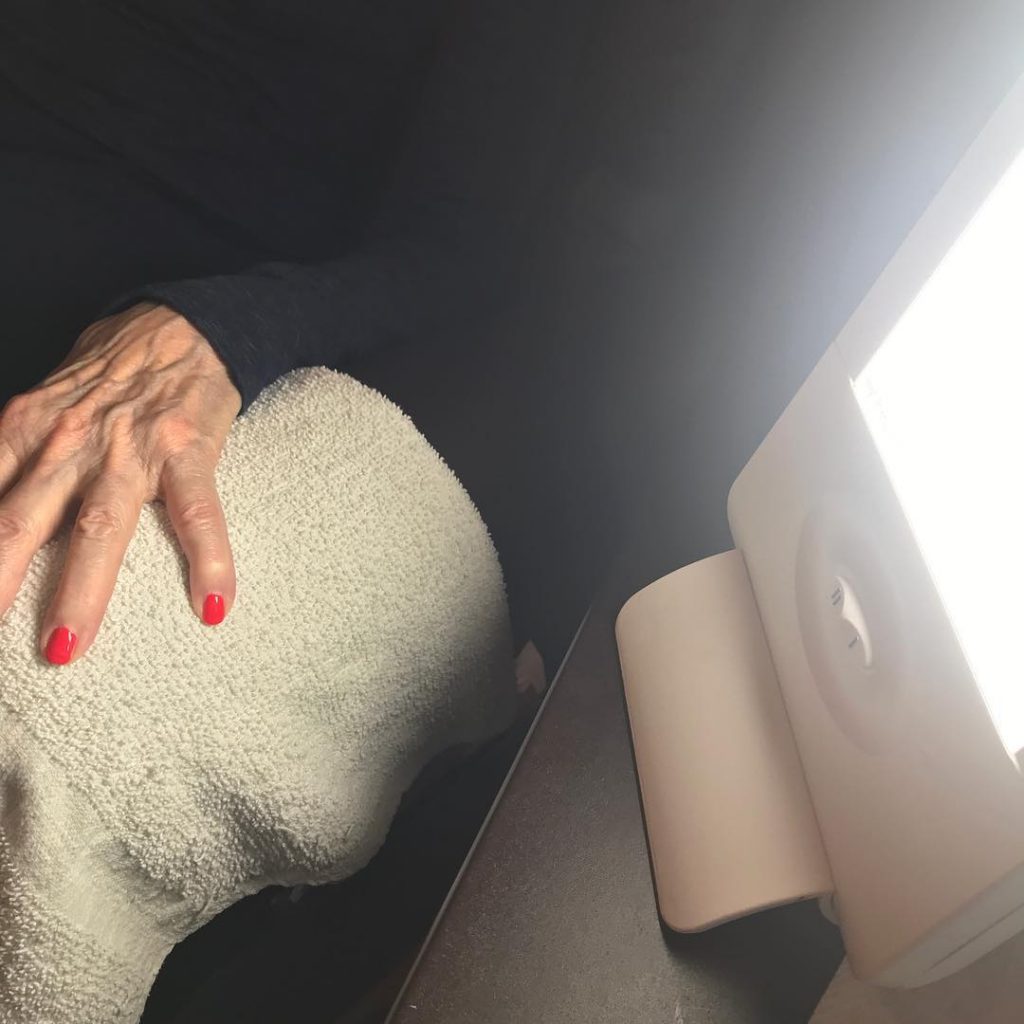
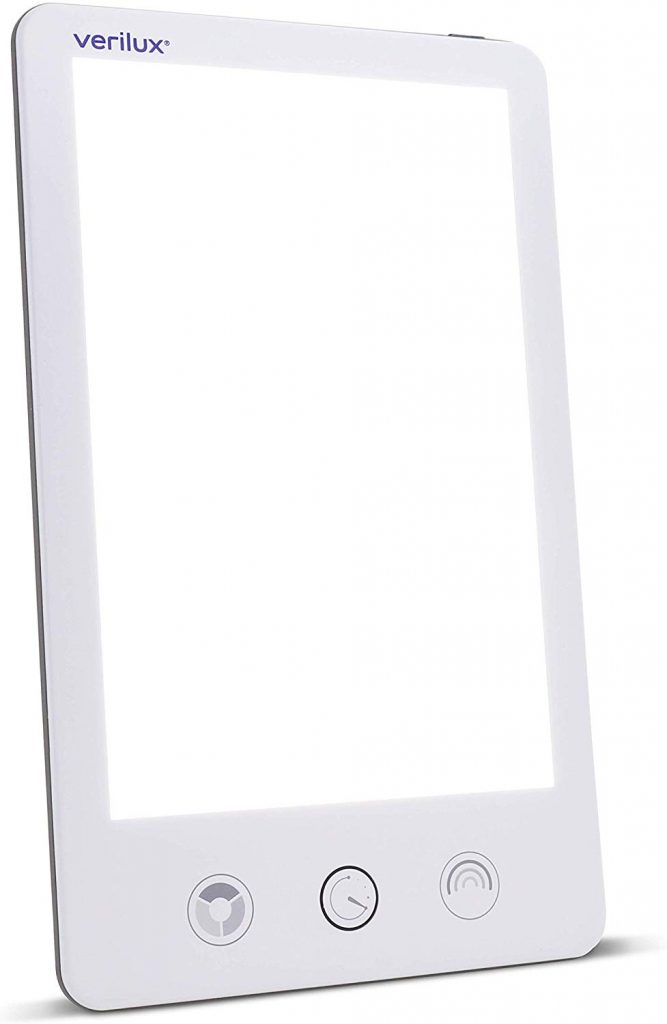
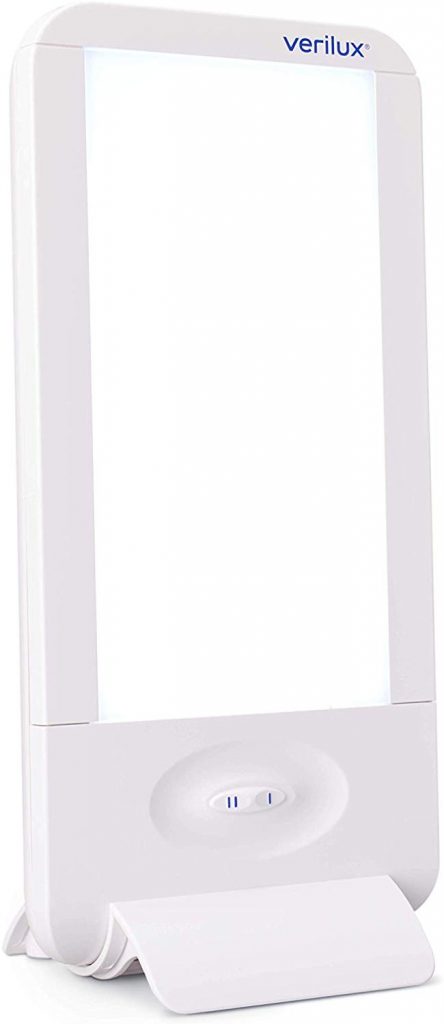
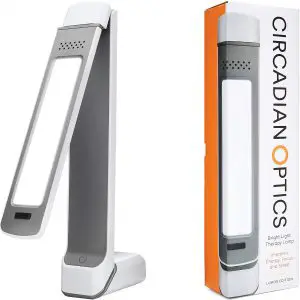
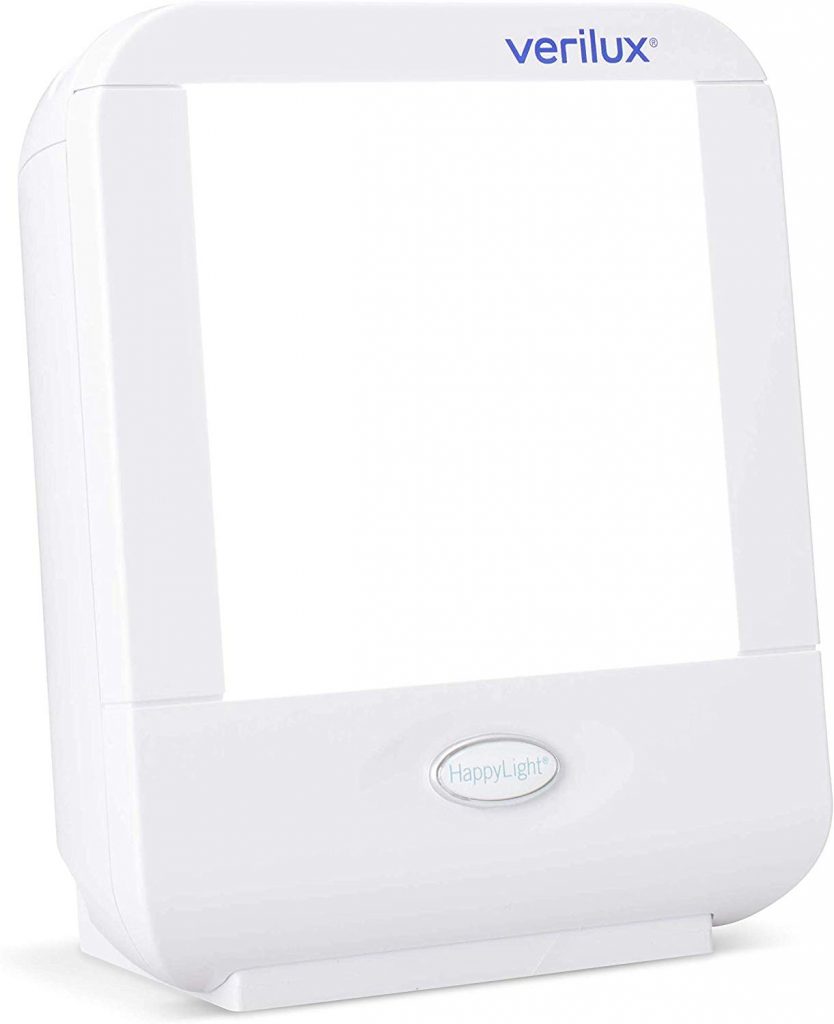
Leave a Reply